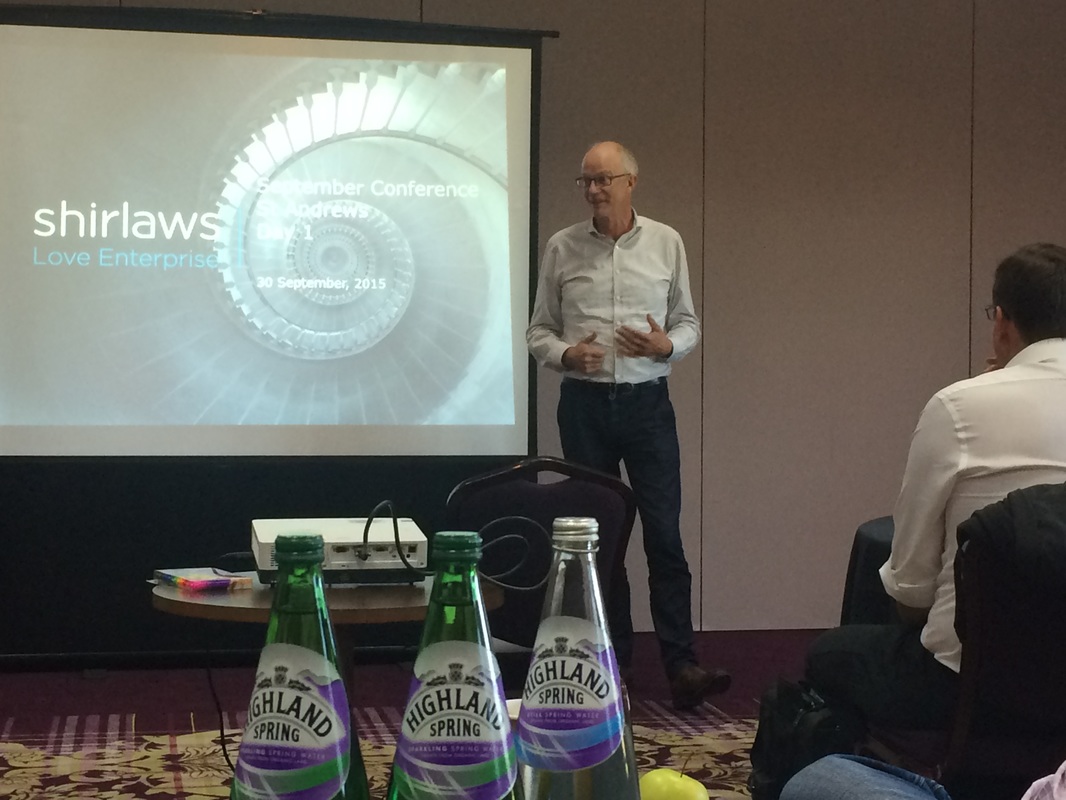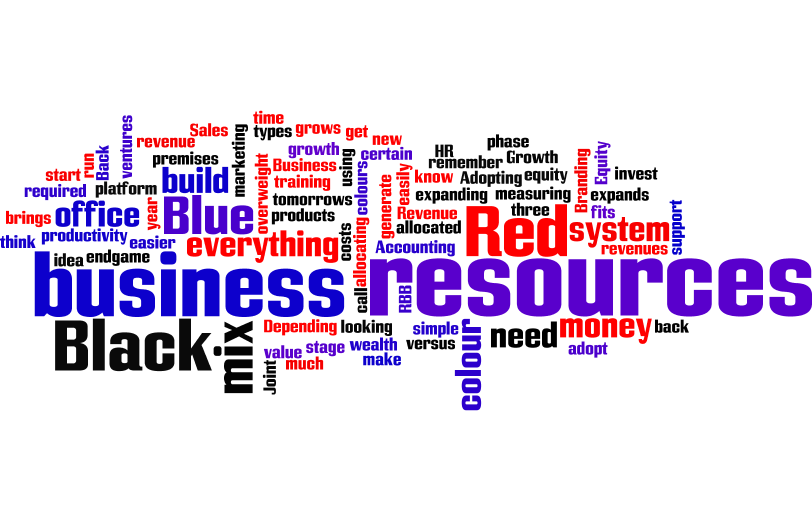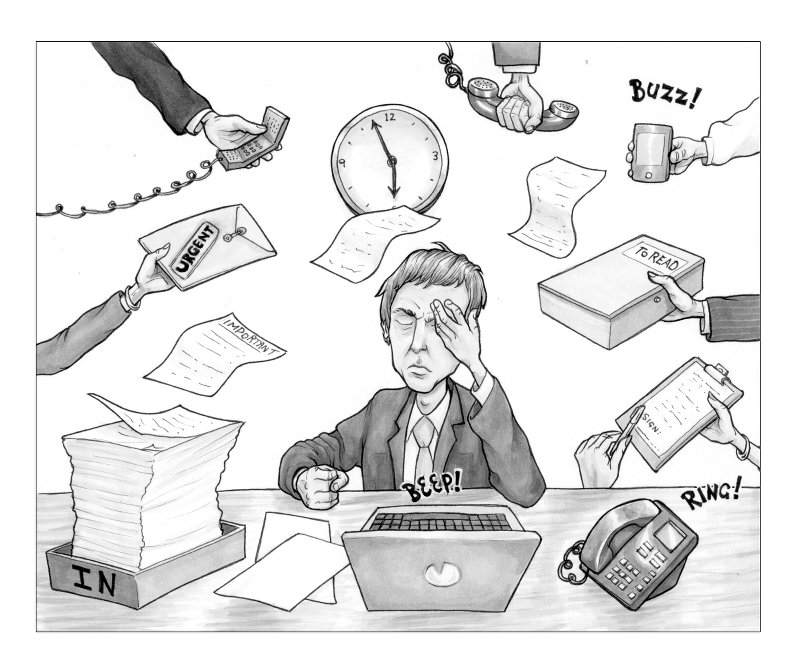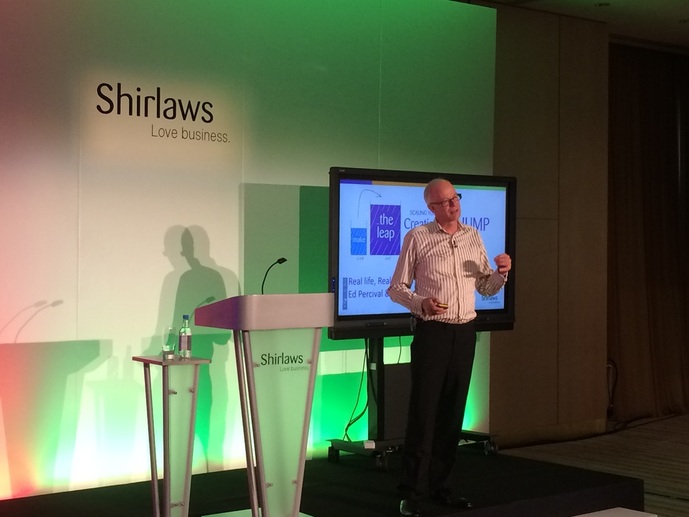On that basis I began to look for the more unusual roles and remembered in my early 20s reading a book by Carlos Castaneda which described the four qualities of a Warrior.
1. Cunning. (“Not deceit, but the ability to move people in a direction.")In everyday language this is often referred to as 'street talk'.
2. Sweetness.
Commonly known as charm. This is the ability to make people feel special.
3. Patience.
Everything has its own timing, not necessarily yours.
4. Ruthlessness.
The ability to take the right action, no matter the cost, for the greater good.
Ruthlessness is probably the hardest to understand. When I think of someone as ruthless I see them as cold, judgemental and without care; often seeking an outcome on a purely selfish basis. In Castaneda's context he is talking about the ruthlessness of the last samurai - a man of honour and commitment, able to take decisions for the greater good without hesitation.
In business we need to be ruthless - but what is it that prevents us? Is it the assumptions and agreements we make with others? We expect these to stay consistent but they don't. At certain times as the CEO / Leader you need to be ruthless, and that may mean moving people on. Often this creates a reaction and ends up going down a path of blame, making the other person wrong, finding reasons why they have failed. What in fact has happened is that the assumptions we previously made have changed.
How comfortable are you with being ruthless? How easily does it sit with you? How would you respond if someone called you ruthless? Is the greater good a natural context for you?
Warriors in business create confidence. Confidence creates success. Success follow success.








 RSS Feed
RSS Feed